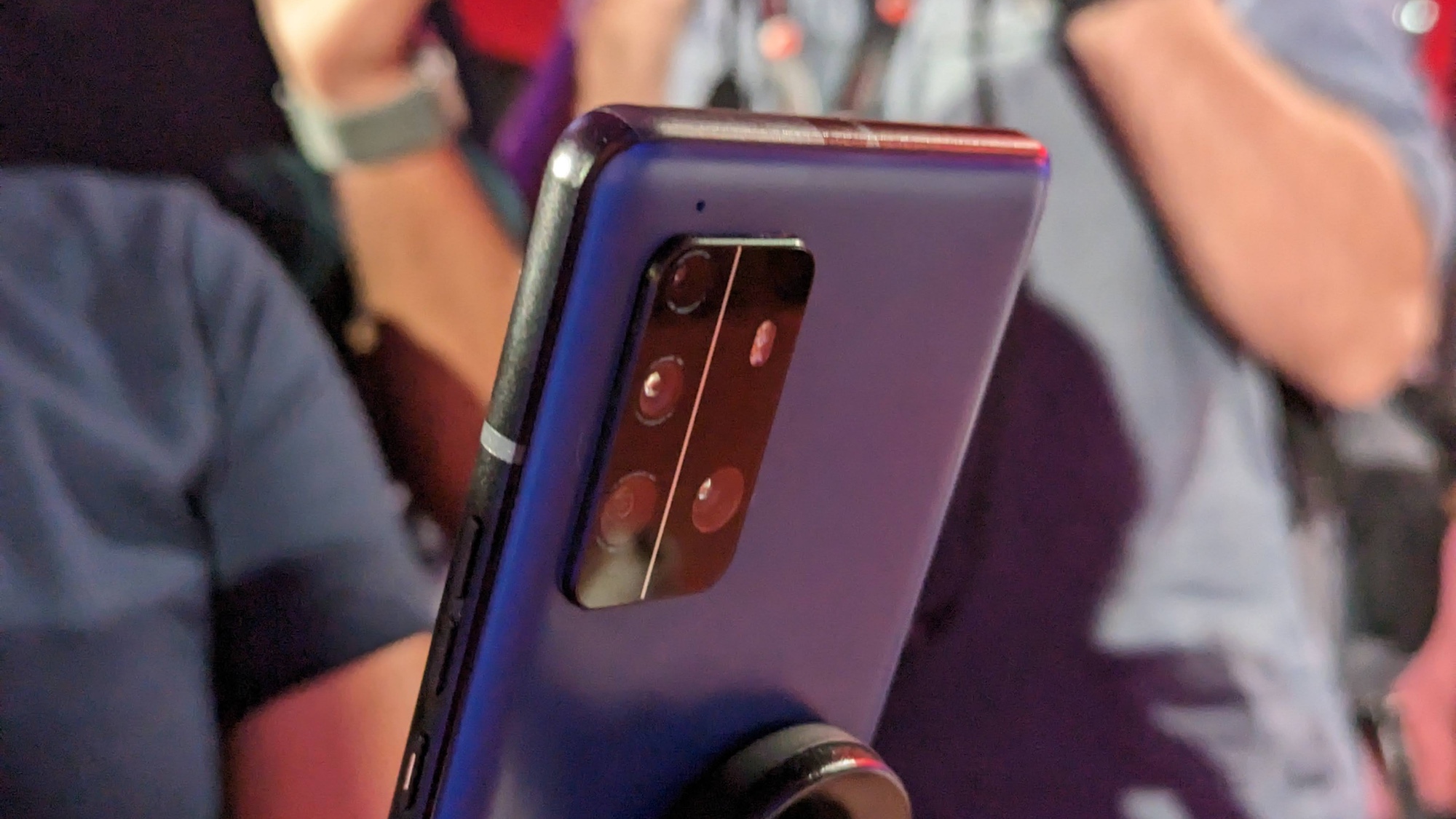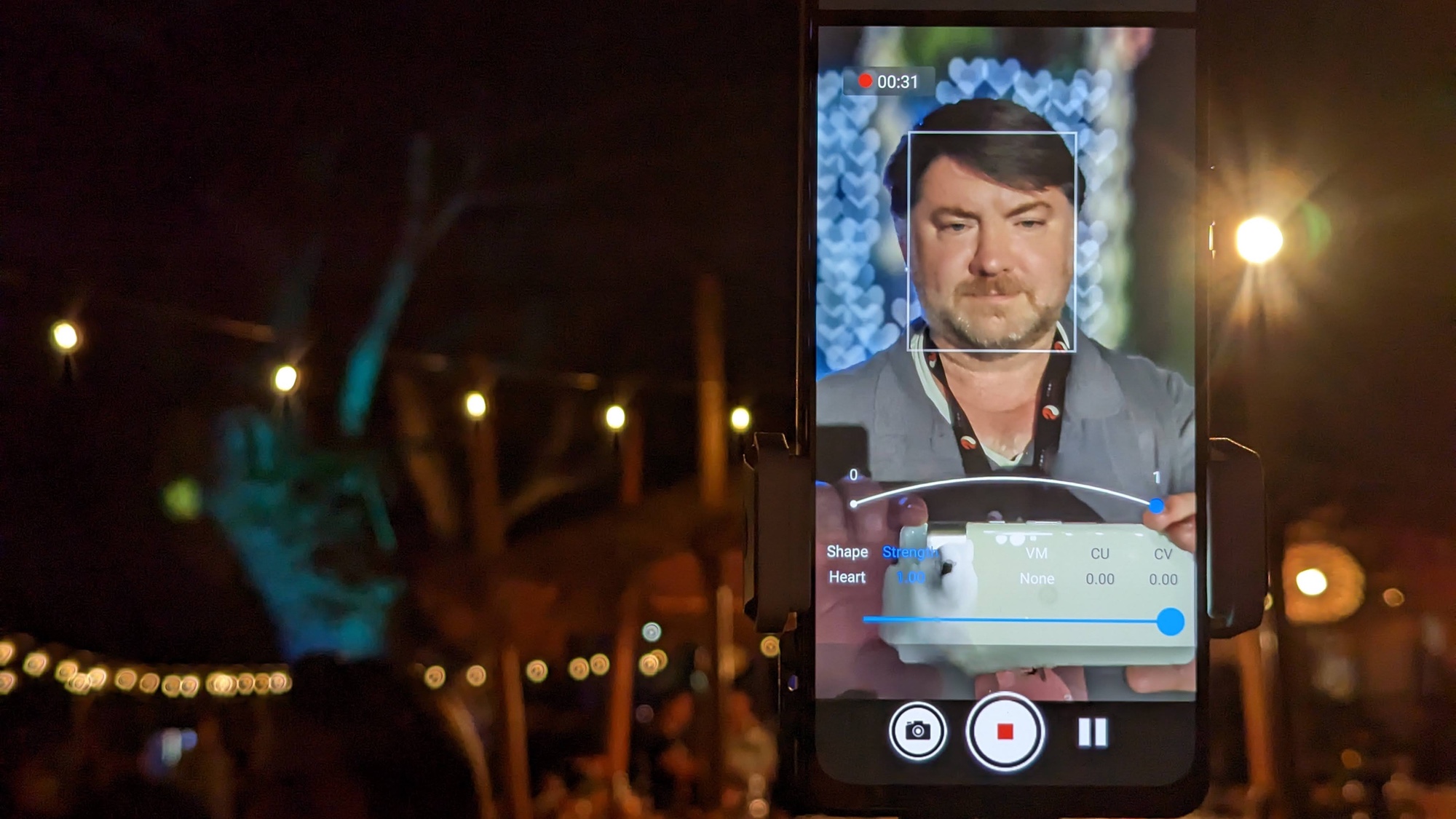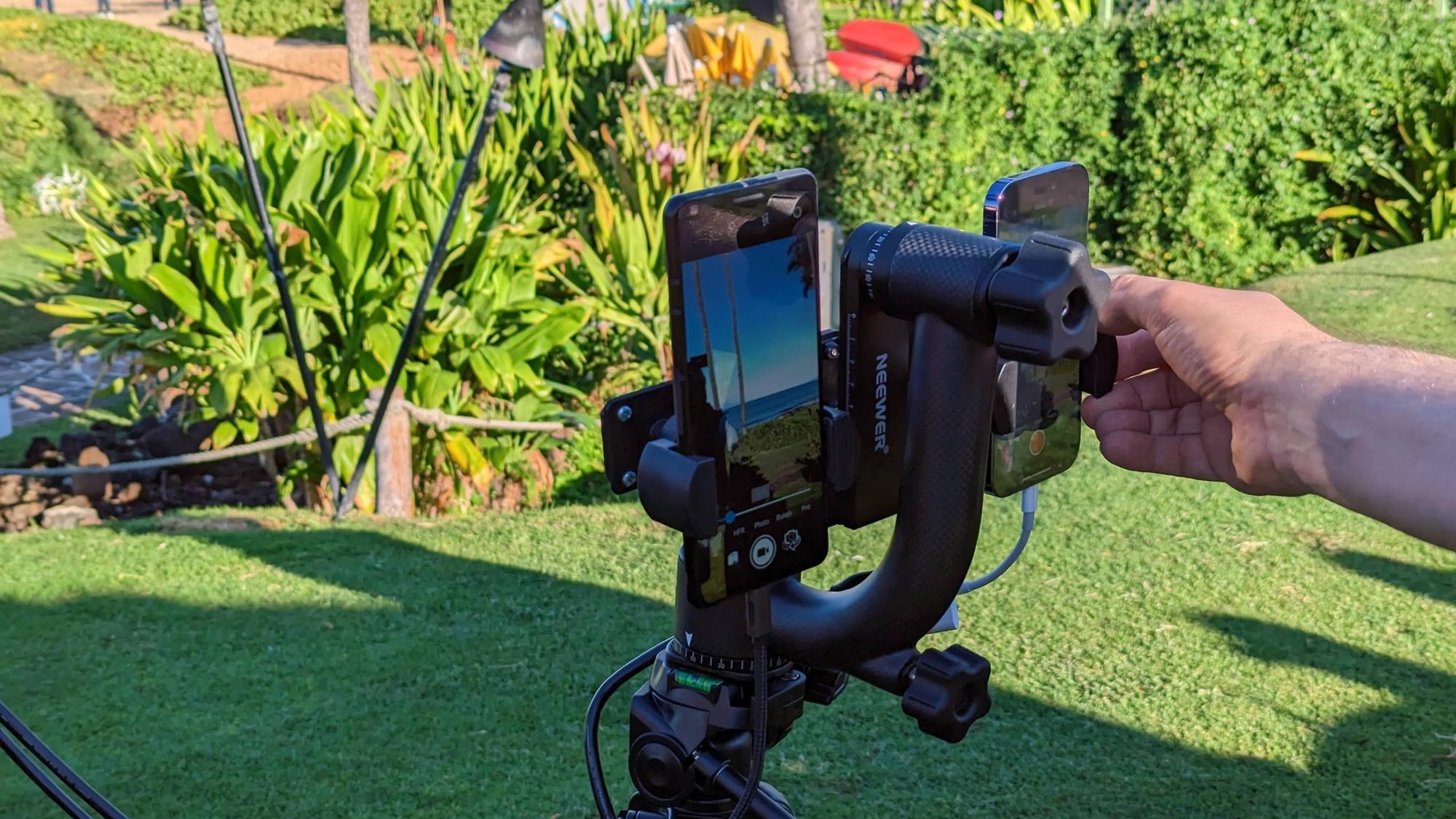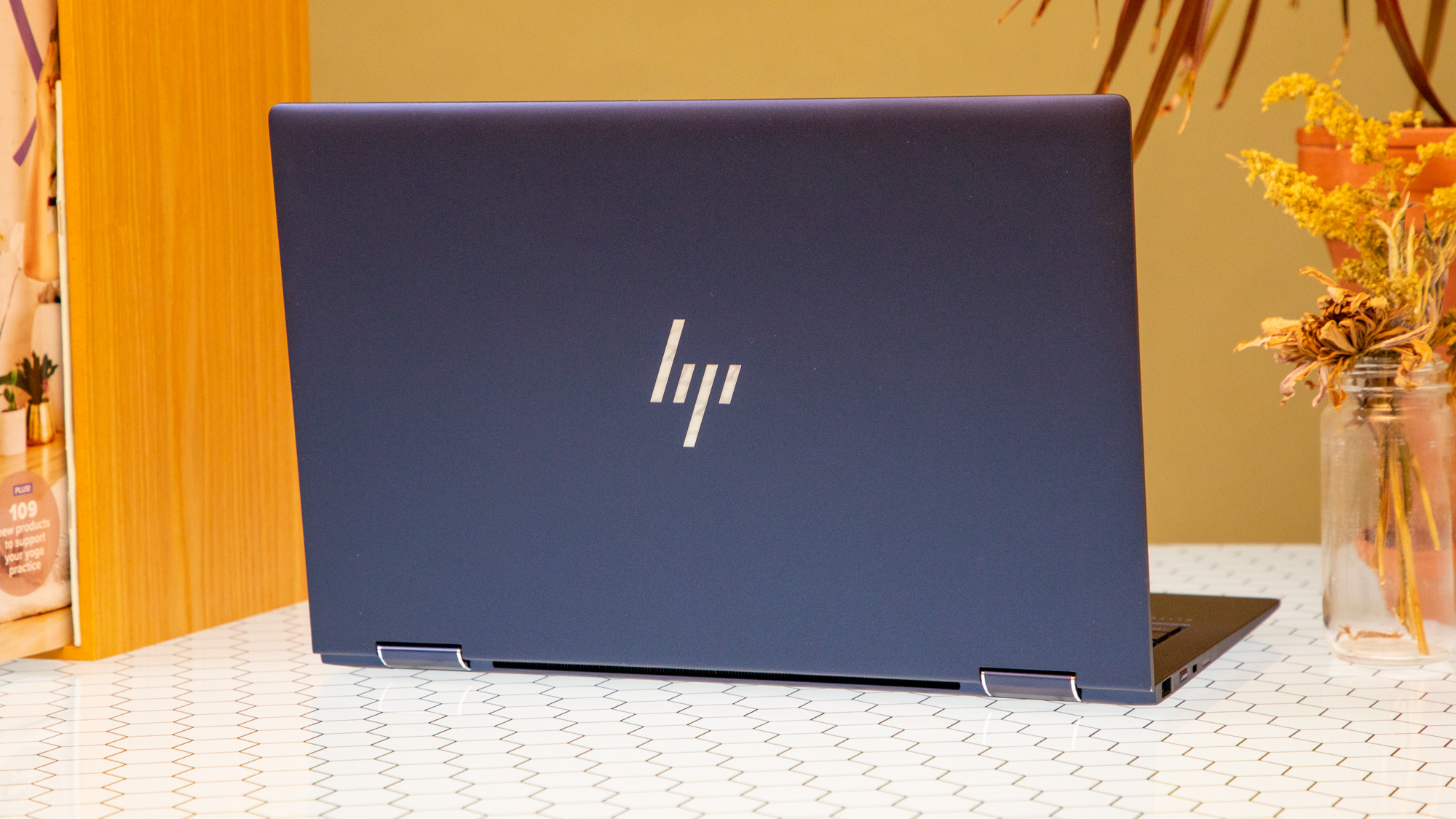Snapdragon 8 Gen 2 — 5 killer camera features coming to your next Android phone
Qualcomm's latest silicon supports some impressive camera capabilities

WAILEA, Hawaii — Qualcomm's Snapdragon 8 Gen 2 figures to bring a raft of interesting features to Android phones in the next year, from performance and power management improvements to new AI experiences.
But having seen the chipset in action this past week at Qualcomm's annual Snapdragon Summit as a guest of the chip maker, I think it's the camera enhancements that will have the most immediate impact on what the new crop of phones are capable of, including the Samsung Galaxy S23.
Put simply, the Snapdragon 8 Gen 2 enables a lot of new camera capabilities, not only due to changes to the image signal processor on board the system on chip but thanks to closer ties to the AI engine as well. The end result should be more detailed images with an eye-catching array of effects.
"Snapdragon smartphones are the new pro cameras," Judd Heape, vice president of product management at Qualcomm, told the Snapdragon Summit audience. And while it's up to phone makers using the Snapdragon 8 Gen 2 to decide which features to enable, there's plenty of capabilities at their disposal.
Here are five of those Snapdragon 8 Gen 2-powered camera features that I've seen in action that figure to make a big impact in the coming year.
Snapdragon 8 Gen 2 cameras: The setup
Before we dive into those features, let's talk a little bit about how Qualcomm has designed the Snapdragon 8 Gen 2, since that tends to get overlooked in the rush to talk about CPU and GPU gains over the previous generation.
The Spectra image signal processor (ISP) runs the camera show on the Snapdragon 8 silicon, and over the years, Qualcomm has added a number of features like triple camera support and depth processing that allows the ISP to enhance individual layers of an image. Artificial intelligence has always played a role in this, but usually after the fact in the post-processing stage.
Sign up to get the BEST of Tom's Guide direct to your inbox.
Get instant access to breaking news, the hottest reviews, great deals and helpful tips.
That's changing on the Snapdragon 8 Gen 2, as there's now a bridge between the Spectra ISP and the Hexagon processor in the chipset's AI engine. That means a lot of the image processing capabilities are now hardware-based, so they're available for photo and videos and also visible in the phone's viewfinder.
Because of the direct link between the AI engine and the Spectra ISP, Qualcomm bills the Snapdragon 8 Gen 2 as containing the world's first cognitive ISP. And that's what's behind many of the features that impressed me during demos of the cmaera capabilities.
Snapdragon 8 Gen 2 200MP camera support
Earlier Snapdragon chipsets have been able to support 200MP cameras, but few phone makers outside of Xiaomi and Motorola have taken Qualcomm up on that offer. (For our look at what 200MP cameras can do, check out our Xiaomi 12T Pro 200MP camera hands on.)

That figures to change with the Snapdragon 8 Gen 2, which moves 200MP camera support front and center to the list of top photo features. And that's good news for you, if you've been hoping those rumors of a 200MP main camera on board the yet-to-be-announced Samsung Galaxy S23 Ultra are accurate. But what will a 200MP camera actually deliver, should phone makers take advantage of the Snapdragon 8 Gen 2's support?
"With the 200MP image you can zoom in and get incredible detail from an object that's really far away in the scene," Heape told me. "I don't know if users really 'need' 200MP images for their day-to-day lives, but it comes in really handy to improve telephoto in zoom."
Specifically, the Snapdragon ISP supports an in-sensor zoom feature, which can crop that larger image down into a 12.5MP or 50MP shot. The Pixel 7 Pro uses a similar capability with its 50MP main lens, cropping to 12.5MP shots to remove noise from your photo.
"Since you have all that detail at 200MP, when you pinch-in zoom and do a telephoto shot, you can actually use that 200-megapixel information, but in a cropped mode to get incredibly minute detail out of the scene," Heape said.
Snapdragon 8 Gen 2 semantic segmentation
One of the big highlights of the improved ISP on the Snapdragon 8 Gen 2 is its support for semantic segmentation, in which different elements of the photo can be identified and fine-tuned to look their best.
Camera phones have been capable of this before, but the difference with the Snapdragon 8 Gen 2 is that the process is now part of the hardware and augmented by the direct communication between the AI Engine and the ISP.
"So [with] every single pixel, the AI tells the ISP, 'That came from a face, that came from the sky.'The ISP can process those different pixels completely differently, so it can make the sky bluer, skin smoother, hair have more detail, fabric have more texture," Heape said.

Qualcomm showed off multiple examples of how semantic segmentation will improve photos shot by Snapdragon 8 Gen 2-powered phones, and the results were pretty eye-opening. In one shot of some flowers, the Snapdragon 8 Gen 2's semantic segmentation was able to boost the pink color of the petals, making them look less dreary in the shot; similarly, different items of food on a dinner plate enjoyed some color enhancements to make the entire dish appear more appetizing.
My favorite demo of semantic segmentation involved a shot of someone wearing glasses, with some background lights creating a glare on the lenses. The Snapdragon 8 Gen 2's ISP was able to eliminate that lens flare, leaving a much better portrait shot in its place.
Snapdragon 8 Gen 2 bokeh engine improvements
Speaking of portrait shots, expect some improvements to the bokeh engine on the Snapdragon 8 Gen 2. Qualcomm added a bokeh engine to last year's Snapdragon 8 Gen 1 for adding soft backgrounds to videos, but now you'll be able to adjust the size and shape of those blurs.
Specifically, Qualcomm set up a station where you could take a portrait shot featuring lights in the background. Using the bokeh engine, you could then adjust how those lights appeared in the shot, changing the blur from simple dots to heart and diamond shapes.

Those changes take place in real time, by the way — you could see in the viewfinder of the reference design phone Qualcomm was using, so I imagine the effect will work similarly on handsets built by phone makers who take advantage of the capability.
Snapdragon 8 Gen 2 horizon leveling
Horizon leveling keeps your shot steady and stable, even if you can't always remain perfectly still. The Snapdragon 8 Gen 2 can correct that in real time for both still photos and video so that your shots don't look like they were filmed with the titled camera angles used in the 1960s Batman TV show.

To show off just how powerful horizon leveling is with its chipset, Qualcomm set up a demo where one of its reference design phones and a device from a competitor were set up on a jig swinging back and forth. (Qualcomm wouldn't name the competitor, but the interface of the iPhone's camera app was pretty unmistakable on the competing phone.) On a nearby monitor, you could see the Snapdragon 8 Gen 2-powered camera phone was keeping things fairly steady in the viewfinder, while the rival phone's view was shifting with the horizon.
Snapdragon 8 Gen 2 additional sensor support
The Snpadragon 8 Gen 2 offers support for multiple sensors, whether it's the Samsung ISOCELL HP3 for 200MP cameras or a pair of sensors from Sony. Those latter sensors — the IMX800 QDO14 and IMX989 — quad digital overlap HDR technology, which has been fine-tuned for Snapdragon.
The demo here was brief, but essentially, the HDR provided by the Sony sensors looks less grainy so you can expect sharper shots should the camera phone you buy utilize Sony's latest sensors.
Snapdragon 8 Gen 2 camera outlook
These are just a handful of the changes coming via the Snapdragon 8 Gen 2, which also includes an AV1 codec with support for video playback up to 8K HDR at 60 frames per second. There's support for cinematic video blur similar to what you see on the Pixel 7 and iPhone 13 and later, and Android 13 APIs allow third-party camera apps to also access the Snapdragon 8 Gen 2 camera features.
We'll have to wait and see how these features play out on phones that are powered by the Snapdragon 8 Gen 2. But judging by the demos I saw this past week at the Snapdragon silicon unveiling, the race to make the best camera phone figures to get a lot more interesting in the coming months.
Philip Michaels is a Managing Editor at Tom's Guide. He's been covering personal technology since 1999 and was in the building when Steve Jobs showed off the iPhone for the first time. He's been evaluating smartphones since that first iPhone debuted in 2007, and he's been following phone carriers and smartphone plans since 2015. He has strong opinions about Apple, the Oakland Athletics, old movies and proper butchery techniques. Follow him at @PhilipMichaels.

